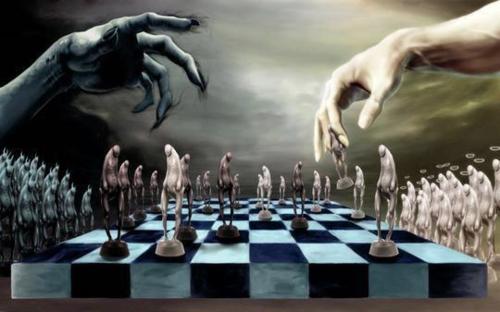
When I was a kid growing up in pre- and post-Apartheid South Africa it wasn’t easy to study occultism.
To be sure, South Africa is a country filled with professional and semi-professional sorcerers, but it is also a nation whose white supremacist government for a long time directly funded a special ‘Occult-Related Crimes Unit’ attached to the national police force. This unit, which was founded in 1992 and which was supposedly officially disbanded/absorbed in 2006 (but which is in fact still operating in various capacities) was guided for the most part by the expertise and priorities of white, Afrikaner Christian investigators. Working under the auspices of the state, pastors with police training, criminology degrees and a measure of knowledge about local black South African ‘customs and traditions’ investigated South Africa’s dark and criminal occult underbelly. While the existence of witch-lynching and so-called ‘muthi killings’ – ritual murders conducted to ostensibly secure human parts for sale in criminal magical economies and use in rituals – served as the primary justification for state-spending on the Unit, the majority of the Unit’s time appears to have been spent on locating and routing out ‘cells’ of adult and teenage Satanists, and assisting especially young South Africans who had been afflicted by demons and other Satanic forces. Continue reading

